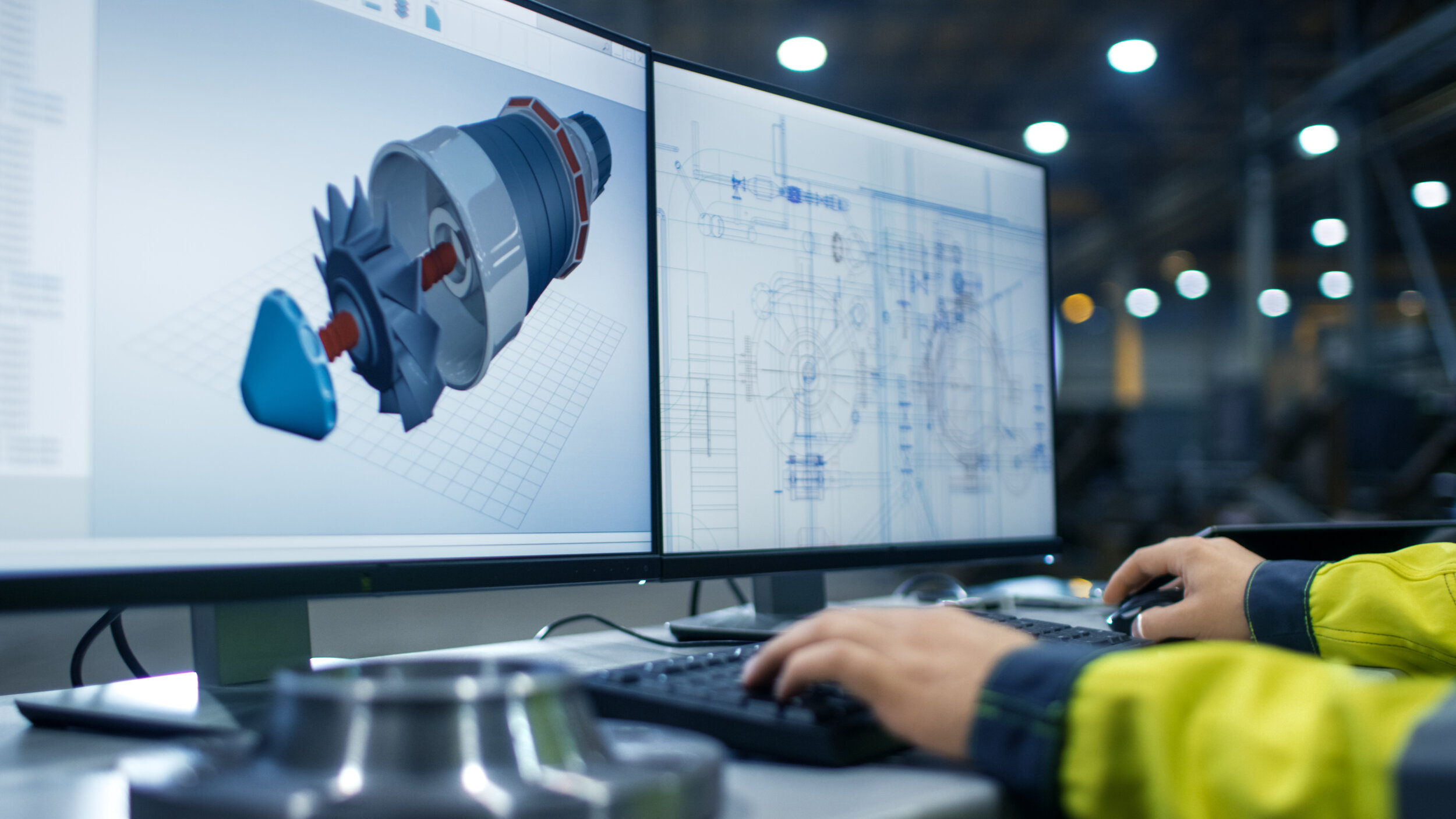Anybody who deals with buildings, houses, or other structures understands how important it is to have excellent computer-aided design (CAD) and engineering tools. The technology comes in handy for manufacturing industries, architecture firms, surveying companies, and many more. Let’s take a look at some of the most excellent CAD tutorials available online today and how you can improve your CAD skills and get tips on the best open source options out there.
Take a look at these top ten CAD tutorials and learn how to use computer-aided design technology for various purposes, such as manufacturing, architecture, surveying, and more.

What is Computer-Aided Design?
Computer-Aided Design (CAD) uses computer technology to create or modify designs. The term includes computer-aided design software and hardware devices for designing. There are different types of computer-aided design: – Two-dimensional (2D) computer-aided design (CAD) – Three-dimensional (3D) computer-aided design (CAD) – Computer-aided model (CAM) creation – documentation generation – etc.
Types of Computer-Aided Design software
Computer-aided design software, or CAD software, is a type of software that helps designers create drawings and illustrations of their ideas. CAD software is used by designers in various industries, including architecture, engineering, and manufacturing. There are many different types of CAD software, each with its own set of features. Some CAD software is designed explicitly for architects or engineers, while others are more general-purpose.
The software is available in several editions, ranging from the Express edition to the Professional edition, and provides users with various tools that can be used to create 2D and 3D designs.
History of Computer-Aided Design
Computer-aided design (CAD) uses computer systems to aid in creating, modifying, analyzing, or optimizing a plan. CAD may be used to create a drawing or model from scratch, or it may enhance an existing structure by generating additional features or making more convenient or accurate changes than those made by hand. CAD applications may be used to create drawings and models for various engineering and scientific fields.
How Computer-Aided DesignWorks
Computer-aided design, or CAD, is a process of creating and modifying designs using computer software. It is used in various industries, including architecture, engineering, and manufacturing. The first computer-aided design program, CAD/CAM (computer-aided manufacturing), was developed in the 1960s. Today’s CAD systems have a much more flexible variety of functions than early programs and can be used to create images.
Things you should keep in your Mind
- What is CAD/CAM?
- What are the different types of CAD software?
- What can CAD software be used for?
- How do you use CAD software?
- What are the benefits of using CAD software?
- What are the limitations of CAD software?
- What is the future of CAD software?
Computer-Aided Design in Manufacturing
Computer-aided design (CAD) is designing a product with the help of a computer. The term refers to two processes: – Using a computer to draw or visualize a product, either as a whole or in parts. – Using a computer to gather and analyze design data, including 3D CAD models, to create a product. Computer-aided design software is used to draw and visualize products, such as buildings, cars, machines, and tools.
The Future of Computer-Aided Design
Computer-aided design (CAD) is a process of designing products with the help of a computer. It is used in various industries, from architecture and engineering to product design and manufacturing. The future of CAD is exciting, with new features and applications being developed all the time. One of the most exciting developments in 3D printing technology is to create physical objects from CAD designs.
Conclusion
Computer-Aided Design (CAD) is a process of designing products with the help of a computer. Manufacturers use CAD to create 3D models of products, which can then create blueprints and prototypes. CAD software can also develop models of machinery and other industrial equipment.





